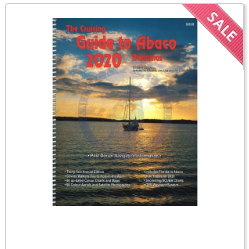The International Maritime Dangerous Goods or IMDG Code was adopted in 1965 as per the SOLAS (Safety for Life at Sea) Convention of 1960 under the IMO. The IMDG Code was formed to combat all types of pollutants at sea.
The IMDG code also ensures that the goods transported through seaways are packaged in such a way that they can be safely transported. The dangerous goods code is a uniform code. This means that the code is applicable to all cargo-carrying ships around the world.
 |
| IMDG Code |
IMDG CODE
The dangerous goods code was created as per the recommendations of the United Nations’ panel of experts on transportation of hazardous goods along with the IMO (International Maritime Organization), the central body of maritime law and intelligence. This proposal by the UN was presented as a report in the year 1956 after which the IMO IMDG Code was started to be drafted in the year 1961.
How Does The IMDG Code Contraband Dangerous Goods?
Shipping dangerous goods is a very complex business. Thus, to avoid complications or problems while categorizing the aspect and level of danger; there is a set of classification for dangerous goods. There are nine clauses in which the dangerous goods are classified. The hazardous goods labels and dangerous goods certificate for the cargo are issued as per the nine clauses which are constantly amended by the IMO.




